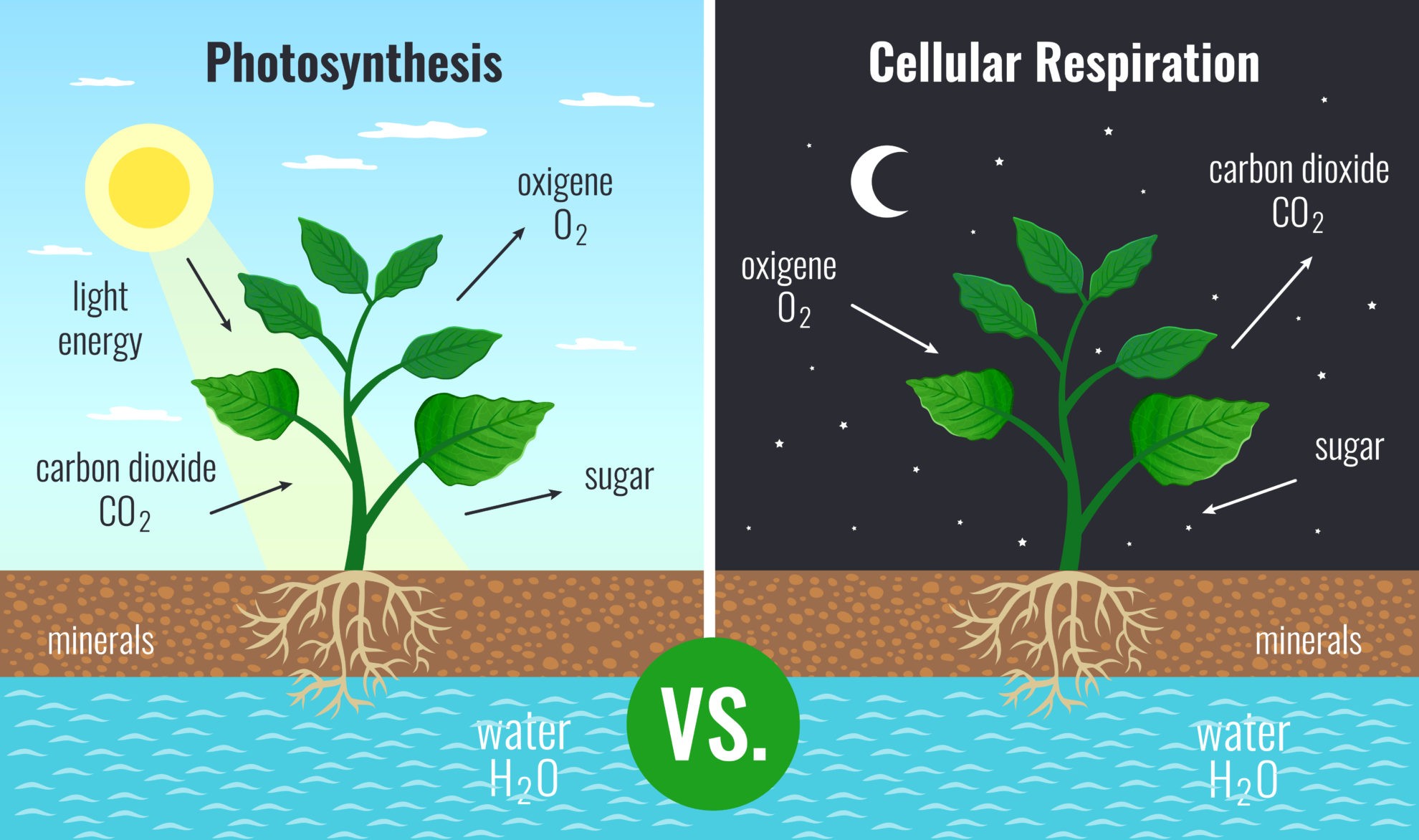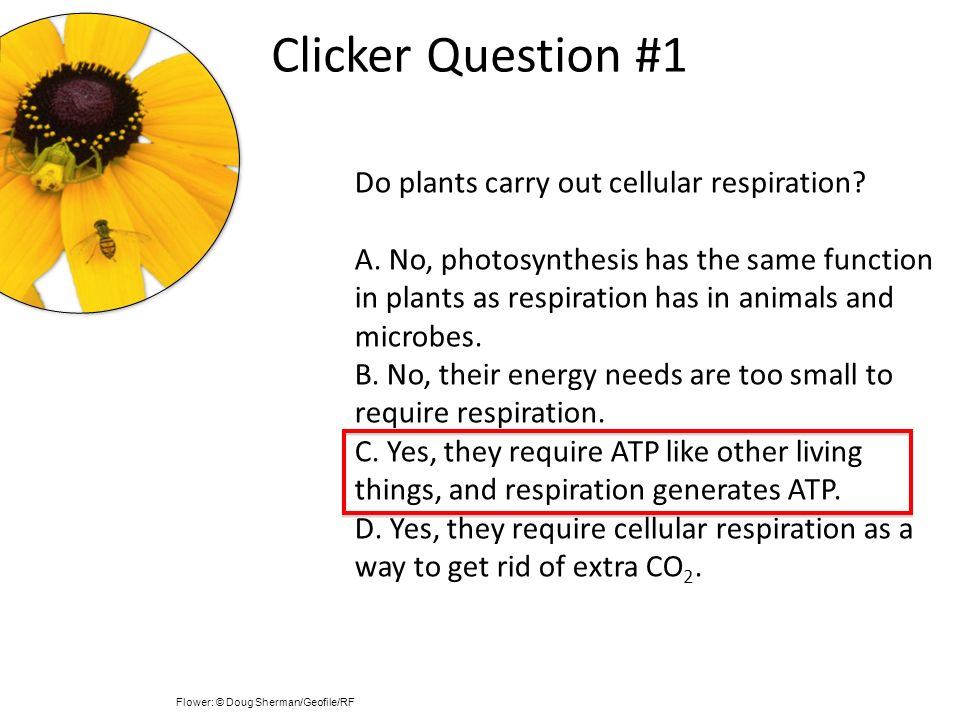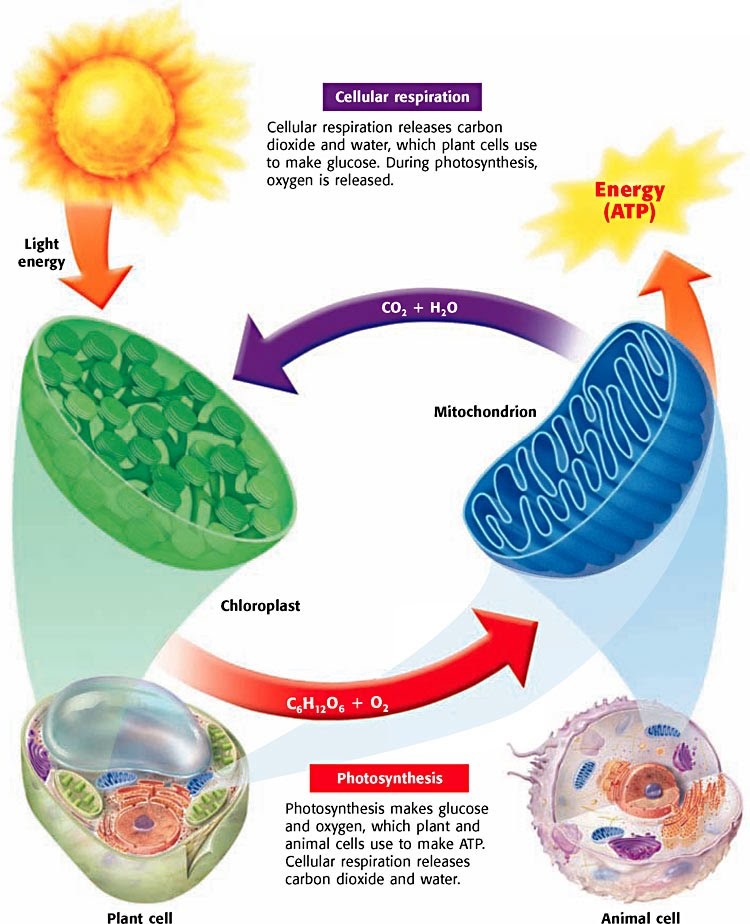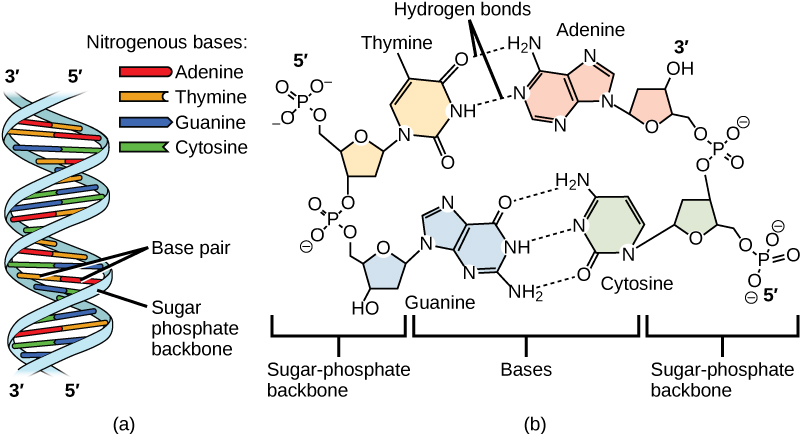Why do plants carry out cellular respiration
Why Do Plants Carry Out Cellular Respiration. The plants get energy through the process of respiration in which glucose food breaks down in the presence of oxygen to form carbon dioxide and water with the release of energy. During cellular respiration plants carry out chemical reactions to derive energy from the products of photosynthesis. This means that they use the nutrients they obtained from soil and turn them into energy. Plants like other animals also respire.
 Photosynthesis And Respiration In Plants From rookieparenting.com
Photosynthesis And Respiration In Plants From rookieparenting.com
Photosynthesis and cellular respiration. This process is different from photosynthesis. This energy is used by the plant for carrying out its various life processes. This energy is used to fuel all of their cellular activities. Plants do resort to cellular respiration wherein the products of photosynthesis are reunited to produce energy which they have to do in order to convert the energy which is stored in the form of glucose into usable chemical energy. Plants respire using the process of cellular respiration.
Respiration in plants is strikingly similar to why living objects breathe.
During cellular respiration plants carry out chemical reactions to derive energy from the products of photosynthesis. Plants take part in respiration all through their life as the plant cell needs the energy to survive however plants breathe differently through a process known as cellular respiration. In this process of cellular respiration plants generate glucose molecules through photosynthesis by capturing energy from sunlight and converting it into glucose. The plants get energy through the process of respiration in which glucose food breaks down in the presence of oxygen to form carbon dioxide and water with the release of energy. Plants respire using the process of cellular respiration. Respiration in plants is strikingly similar to why living objects breathe.
 Source: recipepes.com
Source: recipepes.com
In this process of cellular respiration plants generate glucose molecules through photosynthesis by capturing energy from sunlight and converting it into glucose. This energy is used to fuel all of their cellular activities. Plants also need energy. The outcome of cellular respiration is that the plant takes in glucose and oxygen gives out carbon dioxide and water and releases energy. In this process of cellular respiration plants generate glucose molecules through photosynthesis by capturing energy from sunlight and converting it into glucose.
 Source: quora.com
Source: quora.com
During photosynthesis plants produce the substance they require to survive and store it until they need it. Plants like other animals also respire. Photosynthesis and cellular respiration. Plants also need energy. Respiration in plants is strikingly similar to why living objects breathe.
 Source: biologywise.com
Source: biologywise.com
Photosynthesis and cellular respiration. Plants take part in respiration all through their life as the plant cell needs the energy to survive however plants breathe differently through a process known as cellular respiration. During photosynthesis plants produce the substance they require to survive and store it until they need it. The plants get energy through the process of respiration in which glucose food breaks down in the presence of oxygen to form carbon dioxide and water with the release of energy. So when people say that oxygen is a waste product of photosynthesis they are incorrect.
 Source: slideplayer.com
Source: slideplayer.com
This energy is used to fuel all of their cellular activities. Plants take part in respiration all through their life as the plant cell needs the energy to survive however plants breathe differently through a process known as cellular respiration. Photosynthesis is the process by which plants consume carbon dioxide and water and produce food in the form of. Plants respire at all times of the day and night because their cells need a constant energy source to stay alive. This means that they use the nutrients they obtained from soil and turn them into energy.
 Source: study.com
Source: study.com
Plants take part in respiration all through their life as the plant cell needs the energy to survive however plants breathe differently through a process known as cellular respiration. This process is different from photosynthesis. Photosynthesis and cellular respiration. Plants like other animals also respire. Living objects breathe because they need to obtain oxygen to carry out cellular respiration to stay alive just like plants need to respire to stay alive.
 Source: biologyonline.com
Source: biologyonline.com
This energy is used by the plant for carrying out its various life processes. The plants get energy through the process of respiration in which glucose food breaks down in the presence of oxygen to form carbon dioxide and water with the release of energy. Photosynthesis is the process by which plants consume carbon dioxide and water and produce food in the form of. Plants respire using the process of cellular respiration. Plants do resort to cellular respiration wherein the products of photosynthesis are reunited to produce energy which they have to do in order to convert the energy which is stored in the form of glucose into usable chemical energy.
 Source: slideplayer.com
Source: slideplayer.com
This energy is used by the plant for carrying out its various life processes. The outcome of cellular respiration is that the plant takes in glucose and oxygen gives out carbon dioxide and water and releases energy. This means that they use the nutrients they obtained from soil and turn them into energy. During photosynthesis plants produce the substance they require to survive and store it until they need it. This process is different from photosynthesis.
 Source: slideplayer.com
Source: slideplayer.com
This energy is used to fuel all of their cellular activities. Respiration in plants is strikingly similar to why living objects breathe. Photosynthesis and cellular respiration. Living objects breathe because they need to obtain oxygen to carry out cellular respiration to stay alive just like plants need to respire to stay alive. This energy is used by the plant for carrying out its various life processes.
 Source: studylib.net
Source: studylib.net
This energy is used by the plant for carrying out its various life processes. Plants like other animals also respire. Plants also need energy. Plants respire using the process of cellular respiration. During cellular respiration plants carry out chemical reactions to derive energy from the products of photosynthesis.
 Source: slideplayer.com
Source: slideplayer.com
In this process of cellular respiration plants generate glucose molecules through photosynthesis by capturing energy from sunlight and converting it into glucose. Certified educator plants undergo both. Respiration in plants is strikingly similar to why living objects breathe. This process is different from photosynthesis. This means that they use the nutrients they obtained from soil and turn them into energy.
 Source: slideplayer.com
Source: slideplayer.com
Certified educator plants undergo both. This energy is used by the plant for carrying out its various life processes. This process is different from photosynthesis. Plants like other animals also respire. Plants respire at all times of the day and night because their cells need a constant energy source to stay alive.
 Source: s-cool.co.uk
Source: s-cool.co.uk
Plants take part in respiration all through their life as the plant cell needs the energy to survive however plants breathe differently through a process known as cellular respiration. Certified educator plants undergo both. Photosynthesis is the process by which plants consume carbon dioxide and water and produce food in the form of. Plants like other animals also respire. Yes plants carry out aerobic cellular respiration to get energy from food just like we do.
 Source: rookieparenting.com
Source: rookieparenting.com
The outcome of cellular respiration is that the plant takes in glucose and oxygen gives out carbon dioxide and water and releases energy. Plants take part in respiration all through their life as the plant cell needs the energy to survive however plants breathe differently through a process known as cellular respiration. During photosynthesis plants produce the substance they require to survive and store it until they need it. Plants do resort to cellular respiration wherein the products of photosynthesis are reunited to produce energy which they have to do in order to convert the energy which is stored in the form of glucose into usable chemical energy. So when people say that oxygen is a waste product of photosynthesis they are incorrect.
Source:
During photosynthesis plants produce the substance they require to survive and store it until they need it. Respiration in plants is strikingly similar to why living objects breathe. This energy is used to fuel all of their cellular activities. Living objects breathe because they need to obtain oxygen to carry out cellular respiration to stay alive just like plants need to respire to stay alive. Yes plants carry out aerobic cellular respiration to get energy from food just like we do.
 Source: orise.orau.gov
Source: orise.orau.gov
Plants do resort to cellular respiration wherein the products of photosynthesis are reunited to produce energy which they have to do in order to convert the energy which is stored in the form of glucose into usable chemical energy. This means that they use the nutrients they obtained from soil and turn them into energy. Photosynthesis and cellular respiration. Plants take part in respiration all through their life as the plant cell needs the energy to survive however plants breathe differently through a process known as cellular respiration. This energy is used to fuel all of their cellular activities.
If you find this site adventageous, please support us by sharing this posts to your favorite social media accounts like Facebook, Instagram and so on or you can also save this blog page with the title why do plants carry out cellular respiration by using Ctrl + D for devices a laptop with a Windows operating system or Command + D for laptops with an Apple operating system. If you use a smartphone, you can also use the drawer menu of the browser you are using. Whether it’s a Windows, Mac, iOS or Android operating system, you will still be able to bookmark this website.






